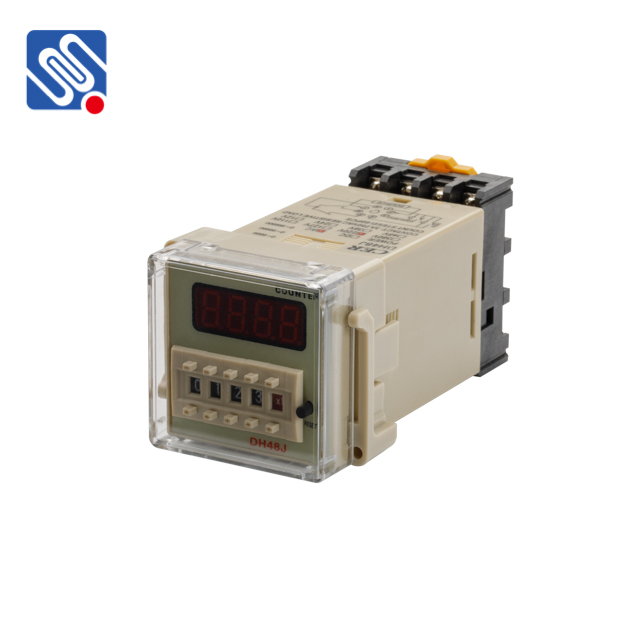Relay voltage refers to the electrical voltage required to activate the coil of a relay, allowing it to switch its contacts. Relays are widely used in electronic circuits and automation systems as electromechanical switches, enabling low-power devices to control high-power circuits. The functionality and reliability of a relay are heavily influenced by its voltage characteristics, and understanding these aspects is crucial for anyone working with electrical and automation systems. This article aims to explore the key concepts related to relay voltage, including its significance, components, and application considerations.

What is Relay Voltage? Relay voltage is the voltage applied to the coil of an electromagnetic relay. This voltage is essential for the relay’s operation, as it energizes the coil, generating a magnetic field that moves the internal switch. When the correct voltage is applied to the coil, the relay will either open or close its contacts, depending on the type of relay. In a typical application, a low-voltage signal is used to control the relay, which in turn can control a high-voltage or high-current load. This makes relays invaluable in systems where it is impractical or unsafe to control high-power devices directly with a low-power controller or microcontroller.